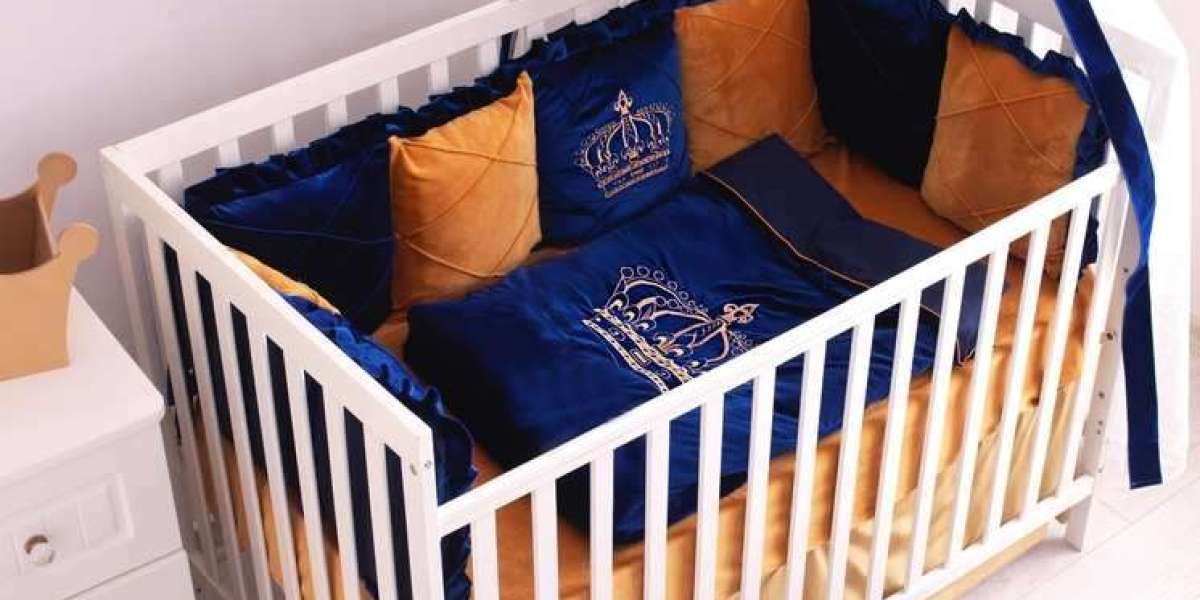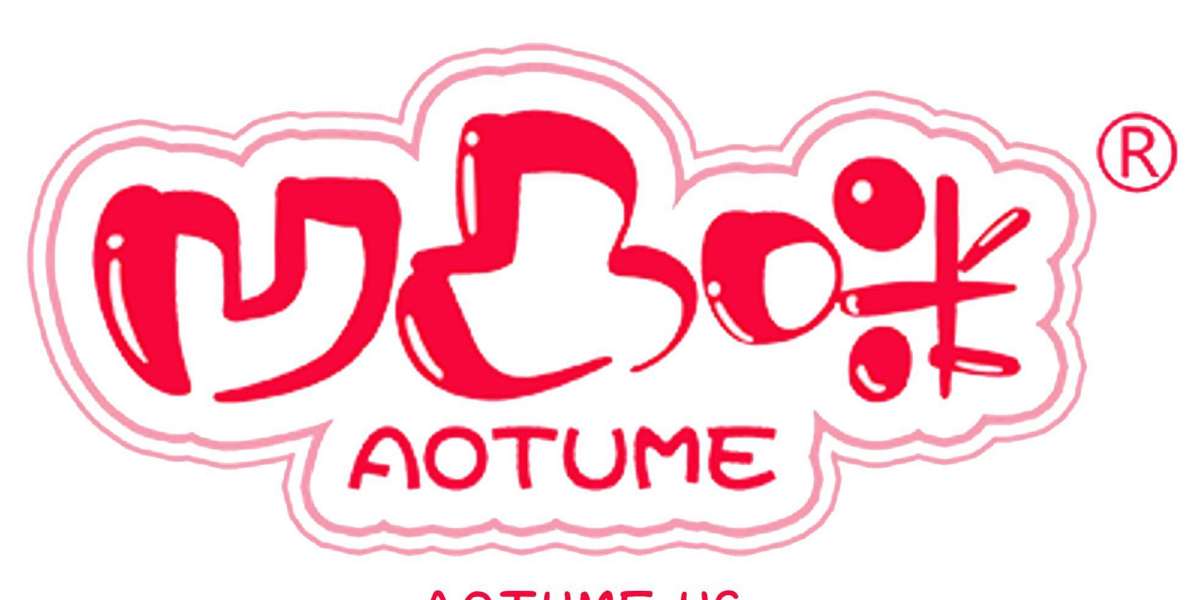Welcoming a new baby inspires a flurry of loving preparations, and at the heart of it all is the nursery—a sanctuary designed for comfort, safety, and sweet dreams. The centerpiece of this room is the crib, and the bedding for crib you choose is one of the most important decisions you'll make. It’s about more than just soft fabrics and charming patterns; it’s about creating the safest possible environment for your baby to sleep soundly.
Navigating the options can feel overwhelming. What is truly necessary? What materials are best for a newborn's delicate skin? How can you create a beautiful, magazine-worthy nursery while adhering to strict safety standards?
This comprehensive guide will walk you through everything you need to know. We will cover the non-negotiable safety guidelines from leading U.S. experts, explore the coziest and healthiest materials, and delve into the latest design trends to help you create a nursery that is as safe as it is beautiful.
The Golden Rule of Crib Safety: Bare is Best
Before you consider any other aspect, the number one priority is your baby’s safety. The American Academy of Pediatrics (AAP) has established clear, evidence-based safe sleep guidelines to significantly reduce the risk of Sudden Infant Death Syndrome (SIDS) and other sleep-related incidents.
The core principle is simple and crucial: a bare crib is the safest crib.
For a baby under one year of age, their crib should contain only three things:
A firm, flat mattress.
A snug-fitting fitted sheet.
The baby.
This means the crib must be completely free of all other items, including:
Pillows: Both small and large pillows pose a suffocation risk.
Blankets & Quilts: Loose bedding can cover a baby's face and obstruct breathing.
Comforters & Duvets: These are too heavy and plush for an infant.
Crib Bumpers: This includes all types. Padded bumpers are now banned for sale in the U.S. under the Safe Sleep for Babies Act due to suffocation, entrapment, and strangulation risks. Mesh liners are also not recommended by the AAP.
Stuffed Animals & Toys: Soft objects should be removed from the crib during sleep.
The safest way to keep your baby warm is not with a blanket, but with a wearable blanket or sleep sack. This is a cozy garment the baby wears, ensuring they stay warm without any risk of the fabric covering their face.
What Bedding for a Crib is Essential vs. Decorative?
Understanding the role of each bedding item is key to using them correctly.
The Absolute Essential:
The Fitted Crib Sheet: This is the only piece of bedding that should be in contact with your baby during sleep. Because of inevitable leaks and spit-up, you will need more than one. Most experienced parents recommend having at least three to five sheets on hand so you’re never caught without a clean one.
The Decorative Extras (For Safe Use Outside the Crib):
The Quilt or Comforter: This is often the most beautiful piece, featuring detailed patterns or embroidery. Instead of using it as a blanket, treat it as a piece of art.
Creative Use: Hang it securely on the wall as a nursery centerpiece, drape it over the back of your rocking chair, or use it as a soft mat for supervised tummy time on the floor.
The Crib Skirt (Dust Ruffle): This is a purely decorative and completely safe item. It is placed under the mattress and hangs to the floor, concealing the crib’s hardware and any storage bins. Since it is outside the crib, it poses no risk to the baby.
Decorative Pillows: Like the quilt, these are for accent purposes only. Place them on a nearby chair or shelf to add to the room’s theme, but always keep them out of the crib.
A Touch of Comfort: Choosing the Best Fabrics for Baby’s Skin
A newborn’s skin is incredibly sensitive. The fabric you choose for their fitted sheet is their most immediate environment, making material selection crucial for their comfort.
Organic Cotton: This is widely considered the gold standard. Grown without synthetic pesticides and harsh chemicals, organic cotton is naturally hypoallergenic and exceptionally breathable, which helps prevent overheating. Look for GOTS (Global Organic Textile Standard) certification, which is the highest global standard for organic fibers, ensuring purity from harvest to final product.
Bamboo: Fabric derived from bamboo (often viscose or rayon) is celebrated for its silky, buttery-soft feel. It is also thermoregulating—helping to keep a baby cool when it's hot and warm when it's cool—and wicks moisture away from the skin.
Muslin: This lightweight, open-weave cotton is incredibly airy and breathable. It gets softer with every wash and is an excellent choice for warmer climates or for babies who tend to sleep warm.
Jersey Knit: If you love the feeling of a soft, worn-in t-shirt, you’ll appreciate jersey knit sheets. This material is soft and has a bit of stretch, which allows for a very snug and secure fit on the crib mattress.
Designing the Nursery: 2025 Crib Bedding Trends & Ideas
With safety and comfort covered, you can now enjoy the creative part—styling the nursery. The bedding for a crib often serves as the inspirational starting point for the room's entire look.
Current Nursery Trends:
Earthy and Grounded Palettes: While pastels are timeless, many modern nurseries feature sophisticated and calming palettes of olive green, terracotta, warm ochre, and dusty blues. These rich, earthy tones create a serene and stylish atmosphere.
Nature-Inspired Themes: Bringing the outdoors in remains a powerful trend. This translates to bedding with patterns of gentle leaves, woodland animals, suns and moons, and soft rainbows. These themes foster a sense of peace and wonder.
Vintage Florals and Nostalgia: There is a beautiful return to heirloom-quality designs. Delicate, vintage-inspired floral prints and classic patterns create a nursery with a sense of history and charm.
Texture and Layers: Design is becoming more tactile. Even with a bare crib, you can create a rich environment by focusing on textures throughout the room. Pair a simple cotton fitted sheet with a woven crib skirt, a plush high-pile rug, and a chunky knit throw blanket on your glider.
Practical Care for Lasting Softness
Always Wash Before Use: New bedding should be washed before your baby sleeps on it to remove any dust or residues from the manufacturing process.
Use a Gentle Detergent: Choose a mild, hypoallergenic, and fragrance-free detergent specifically designed for babies to avoid irritating their skin.
Follow Care Instructions: Check the label on your sheets. Most can be machine washed in warm water and tumble-dried on a low setting to maintain their softness and prevent shrinking.
Conclusion: Creating a Haven of Safety and Love
Choosing the bedding for a crib is a foundational step in preparing for your baby's arrival. By building upon the unwavering principle of "Bare is Best," you create a sanctuary of safety that allows everyone to rest easier. From there, the joy is in the details—selecting the softest fabrics to comfort your baby’s skin and choosing a design that fills their first room with your family's unique love and personality. This thoughtful process is about far more than just decoration; it’s about mindfully crafting a safe, soothing, and beautiful world for your new baby.
Frequently Asked Questions (FAQs) About Bedding for a Crib
1. What is the only bedding I need for my crib? The only essential and safe piece of bedding you need inside the crib is a snug-fitting fitted sheet on a firm mattress.
2. Are crib bedding sets a good idea? They can be great for creating a coordinated look, but you must use the pieces safely. The fitted sheet is for the crib; the quilt and pillows are for decorating the room (e.g., on a wall or chair); and the crib skirt is for use under the mattress.
3. How many crib sheets should I own? Most parents recommend having between three and five sheets. This ensures you always have a clean, dry sheet ready for unexpected changes.
4. What does GOTS-certified organic cotton mean? GOTS certification is a guarantee that the cotton is genuinely organic and that the entire production process—from harvesting to manufacturing—is environmentally and socially responsible. It’s the highest standard for organic textiles.
5. How do I keep my baby warm without a blanket? Use a wearable blanket or a sleep sack. This is a safe, wearable garment that keeps your baby warm without the risk of covering their face.
6. Is a crib skirt safe to use? Yes, a crib skirt is completely safe as it is placed under the mattress and hangs outside the crib, well out of the baby's reach.
7. How should I wash my baby's crib bedding? Wash it in warm or hot water with a gentle, baby-safe, fragrance-free detergent. Tumble dry on low heat. Always wash new bedding before its first use.
8. When can my child start using a pillow and blanket? The AAP recommends waiting until your child is at least one year old, but it is safest to wait until they move from a crib to a toddler bed, typically between 18 months and 3 years of age.
9. What are some popular gender-neutral nursery themes for 2025? Earthy tones, nature-inspired themes (woodland, safari), celestial patterns (moons and stars), and modern geometric prints in palettes of sage green, gray, terracotta, and mustard are very popular.
10. How do I know if a fitted sheet is snug enough? A safe fitted sheet will have strong elastic all the way around and will fit tightly on the mattress, with no loose fabric or bunching. It should not easily pop off the corners.



